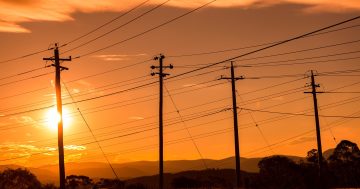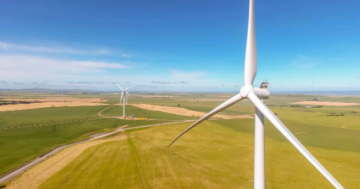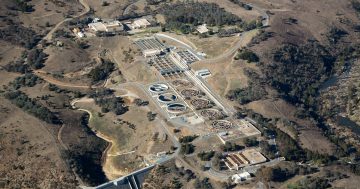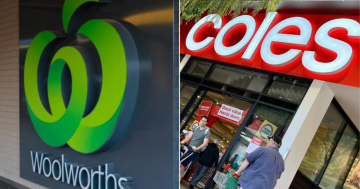
Rising network costs and an increase in the cost of the ACT Government’s large-scale feed-in tariff scheme are behind the price rise. Photo: EvoEnergy.
The Federal Government’s $300 electricity rebate will take the sting out of an average $240 increase in the annual bills of ActewAGL electricity customers on a standing offer after the regulator approved a 12.75 per cent price rise.
Businesses and other non-residential customers consuming 25,000 kWh a year face an annual increase of $922.
It could have been worse.
ActewAGL had sought a 16.62 per cent increase using its preferred methodology for wholesale energy costs and retail margin, which the Independent Competition and Regulatory Commission estimated would have been a 17.1 per cent increase in its draft report.
The ICRC has updated how it will calculate price rises to arrive at the smaller increase in its final report out today.
Senior Commissioner Joe Dimasi said the changes in the ICRC’s methodology would more accurately reflect retailers’ costs and provide a balance between reasonable prices for consumers and competition in the ACT electricity market.
The ICRC said it had updated benchmarks for retail operating costs and retail margin and reviewed the hedging strategy to better reflect how retailers responded to energy market volatility.
It said the price increase was mainly driven by higher network costs set by the Australian Energy Regulator and an increase in the ACT Government’s large-scale feed-in tariff (LFiT) scheme costs.
Last year, the scheme resulted in a rebate to ACT consumers, protecting them from the large increases in electricity prices experienced in other jurisdictions, but in 2024-25, it would incur an overall cost that would be passed on to consumers, the ICRC said.
“Nevertheless, the LFiT costs announced by the Minister in February 2024 were lower than our estimate in the draft report, and the impact of LFiT costs on electricity price for 2024-25 is less significant,” the ICRC said.
“This is because of the Minister’s Reasonable Cost Determination for 2024-25 expedited the return of funds collected under the scheme to ACT consumers.”
An average residential customer’s annual bill increase of $240 is based on using 6500 kWh of electricity a year.
However, the ICRC said market offers tended to be much lower, and a typical customer could save up to $700 a year by moving from a standing offer to a market offer.
“Despite the increase in regulated electricity prices, electricity bills for ACT customers on standing offers are expected to remain some of the lowest in the country,” Mr Dimasi said.
The Federal Government rebate will more than cover the increase for most residential customers and partially offset the increase in electricity prices for small business customers.
The ACT Government also offers support through its Utilities Concession to help low-income and vulnerable customers pay their electricity bills.
The ICRC urged consumers to shop around and, if experiencing financial hardship, to contact their retailer for assistance.
It said there were now 15 active retailers in the ACT, serving residential and small business customers.
ActewAGL’s market share has declined from 82 per cent in 2018-19 to 74 per cent in the second quarter of 2023-24, and the number of residential customers on standing offers has plummeted from 49 per cent to 19 per cent during the same period.
